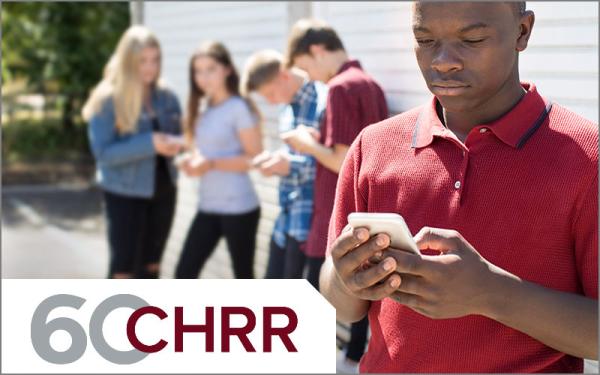
Also known as Adolescent Health and Development in Context (AHDC), the focus of this study was adolescent health and behavior, including real-time location and activities of adolescents (ages 12-16). The first wave of the Ohio Study occurred in 2014, the second wave in 2016, and the third wave began at the end of 2018 and is in-progress.
As part of the study, each participating youth is required to have one parent/caregiver participate with them. Each parent/caregiver is interviewed and provided information about the household, how the parent/caregiver spent their days and how they thought their youth spent their days. Activity locations are tracked as part of the study.
During the youth interview, the interviewer asks about their friends, where they spend their time away from school and home, and who they spend it with. The youth participant's activity locations are also tracked, similar to the parent/caregiver. At the end of the first visit, the youth participant is assigned a smart phone to carry for seven days with GPS to track their travels and send them five daily EMA’s (environmental momentary assessment in the form of mini surveys) with questions about their surroundings at that particular moment in time. After the week is completed, the interviewer returns for a second visit and asks additional questions about the week of activities.
Along with the interviews, both the youth and parent/caregiver complete self-administered surveys. By collecting this information via a study-provided smart phone, interviews, and surveys, the researchers hope to get a real-time glimpse into the daily lives of adolescents.
In Wave 3, a Functional MRI (fMRI) was added to record brain images while the youth is performing tasks such as looking, listening, thinking, memorizing or making choices which helps the PIs understand how brain activity is related to behavior and health in adolescence. The study returned to collecting saliva and hair and added a blood sample to measure how the youth’s immune system is working, genetic analysis and their stress level.
The Ohio Study wave 3 consent and assent information (PDF version available).
Research Team
Waves 1 and 2 were designed and conducted for Dr. Chris Browning, Professor of Sociology at The Ohio State University (OSU) and Dr. Jodi Ford, Associate Professor of Nursing (OSU), and their colleagues.
Wave principal investigators are:
- Dr. Chris Browning, Professor of Sociology (OSU)
- Dr. Baldwin Way, Assistant Professor of Psychology (OSU)
- Dr. Zhong-Lin Lu, Professor of Psychology and Director of the Center for Cognitive and Behavioral Brain Imaging (OSU)
CHRR services used for the Ohio Study:
- Sample Design and Management
- Survey and Questionnaire Design
- Survey Management
- Data Collection
- Data Security
- Data Administration
- IRB Coordination
Service descriptions can be found on CHRR's services page.
News about the study
Recent journal article uses The Ohio Study data (Posted April 18, 2024)

